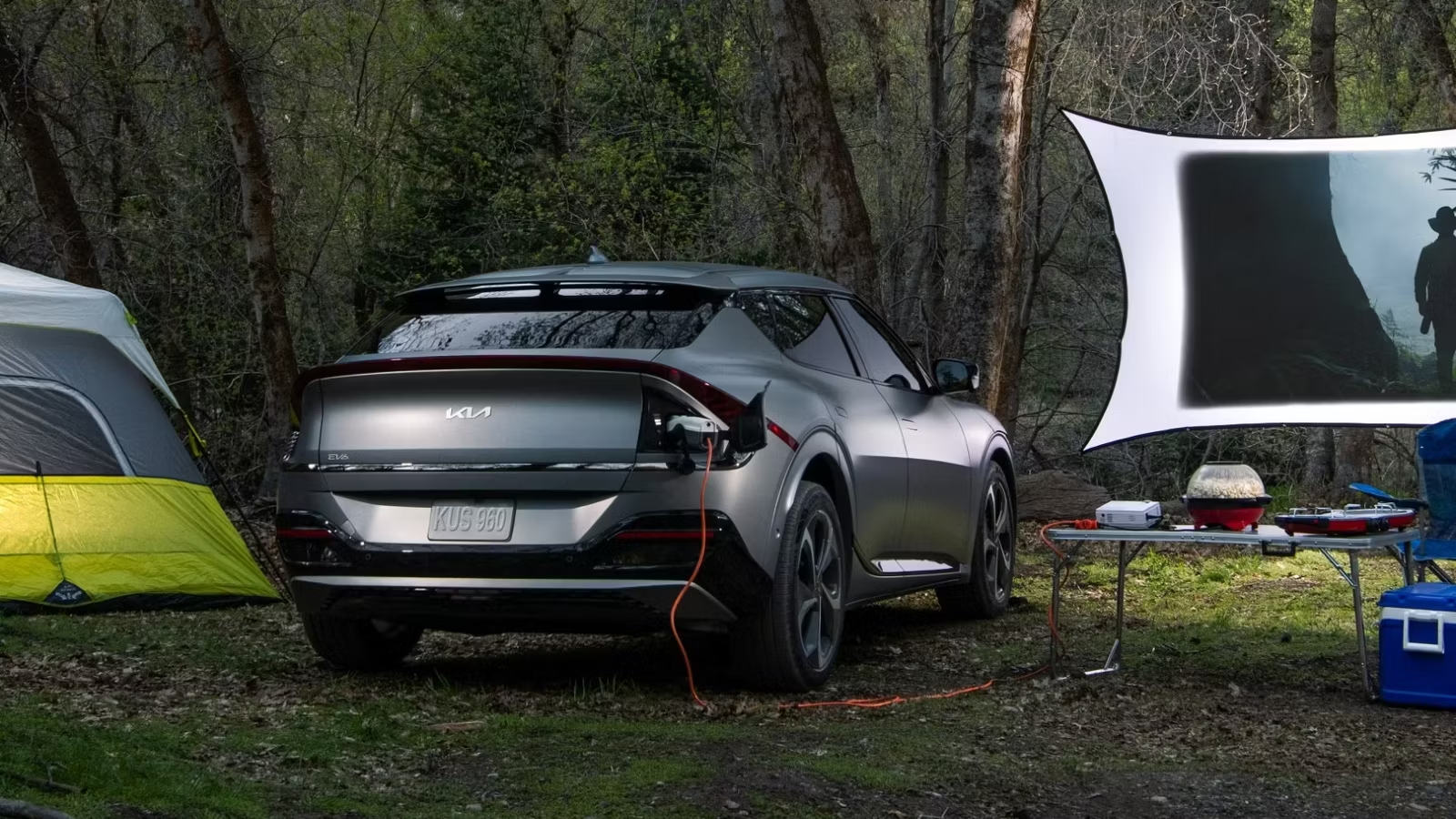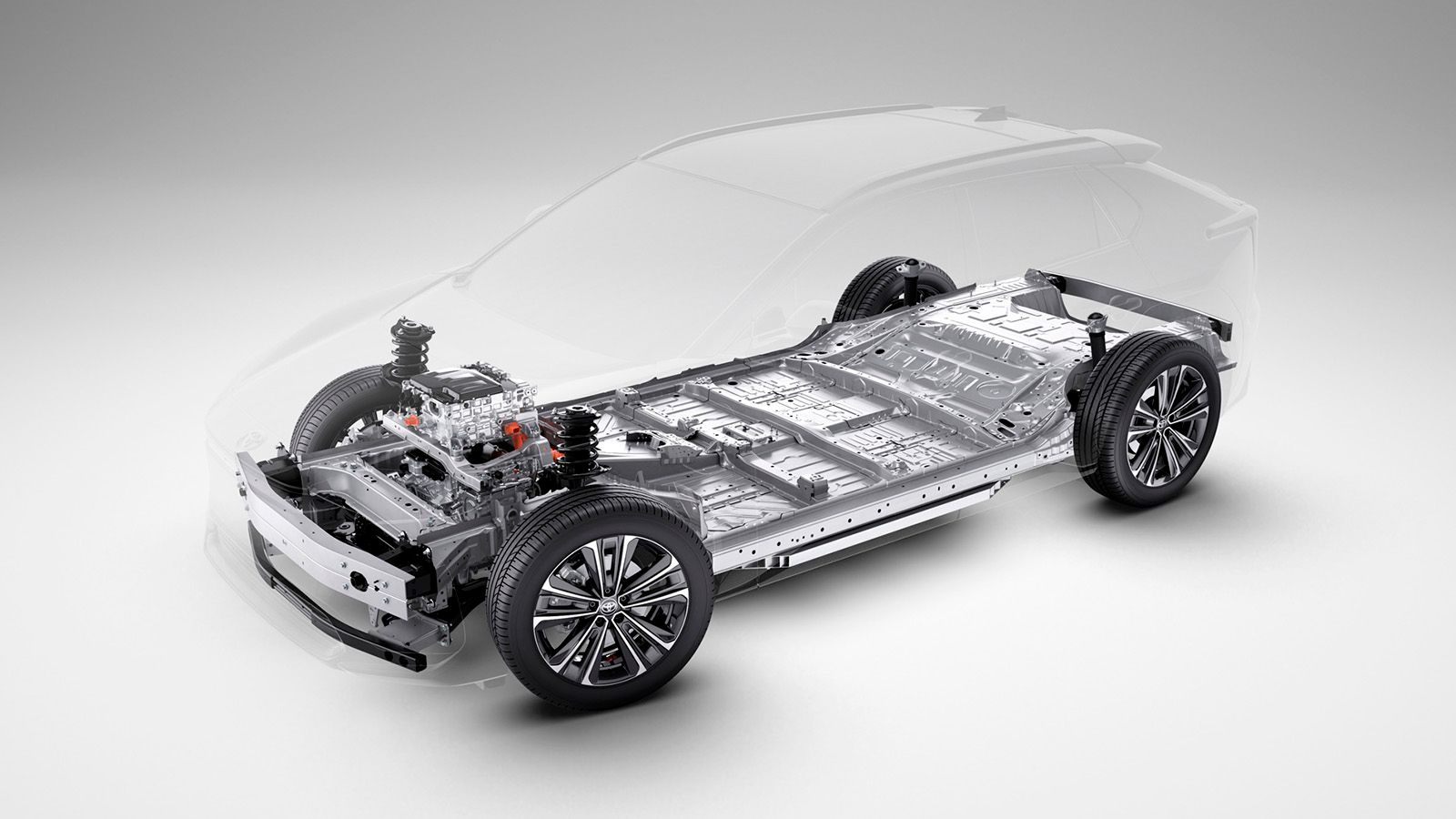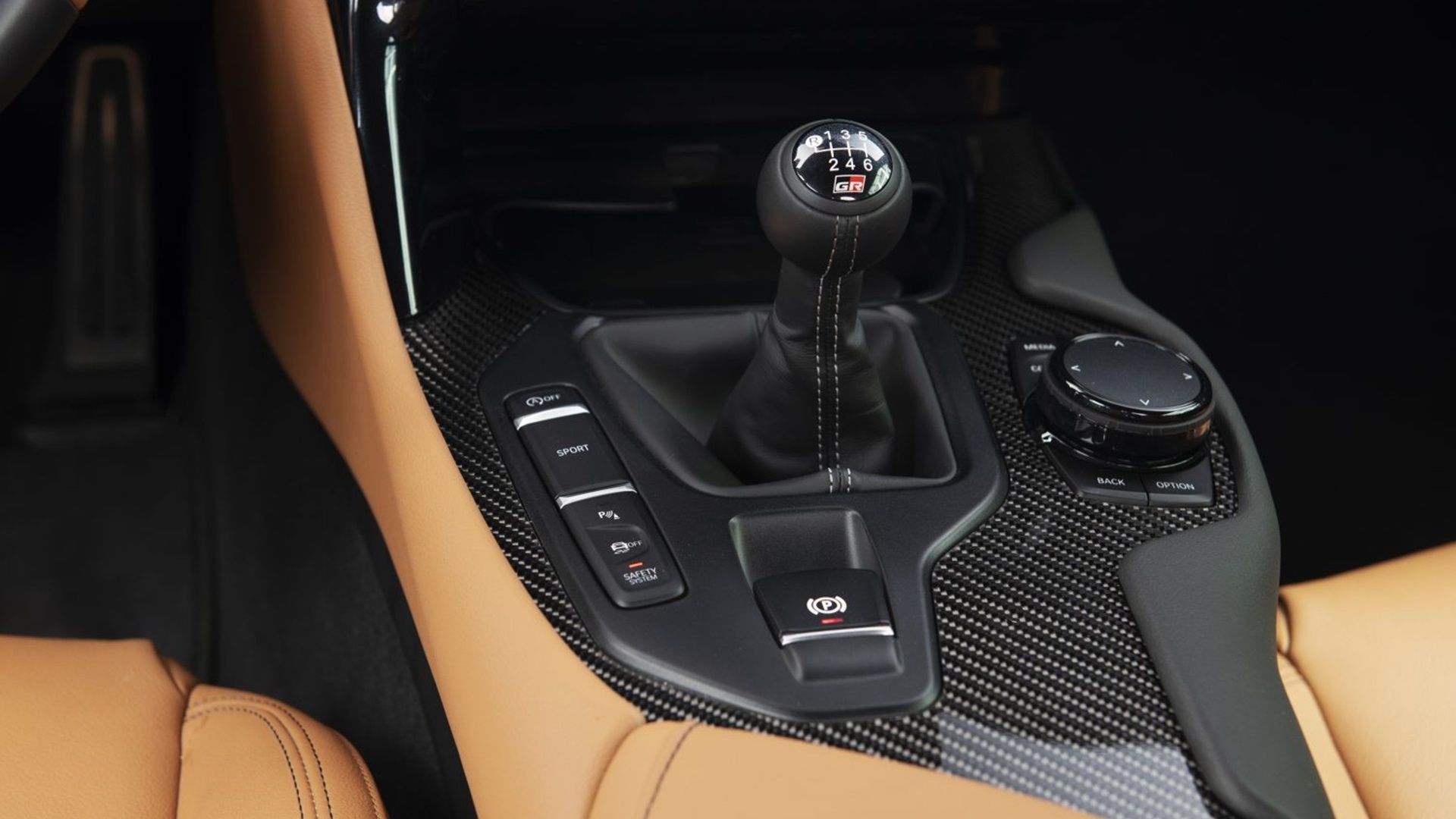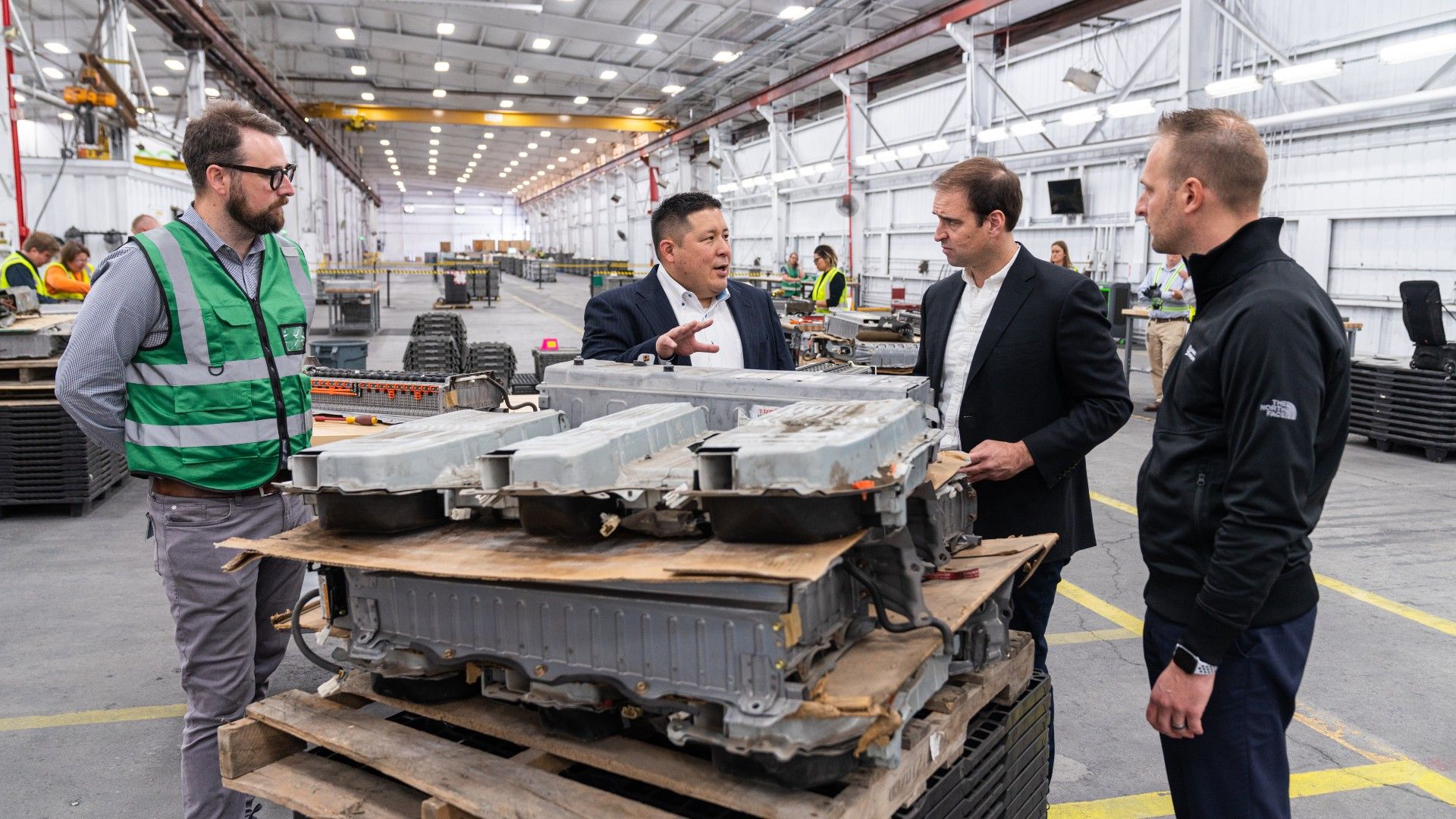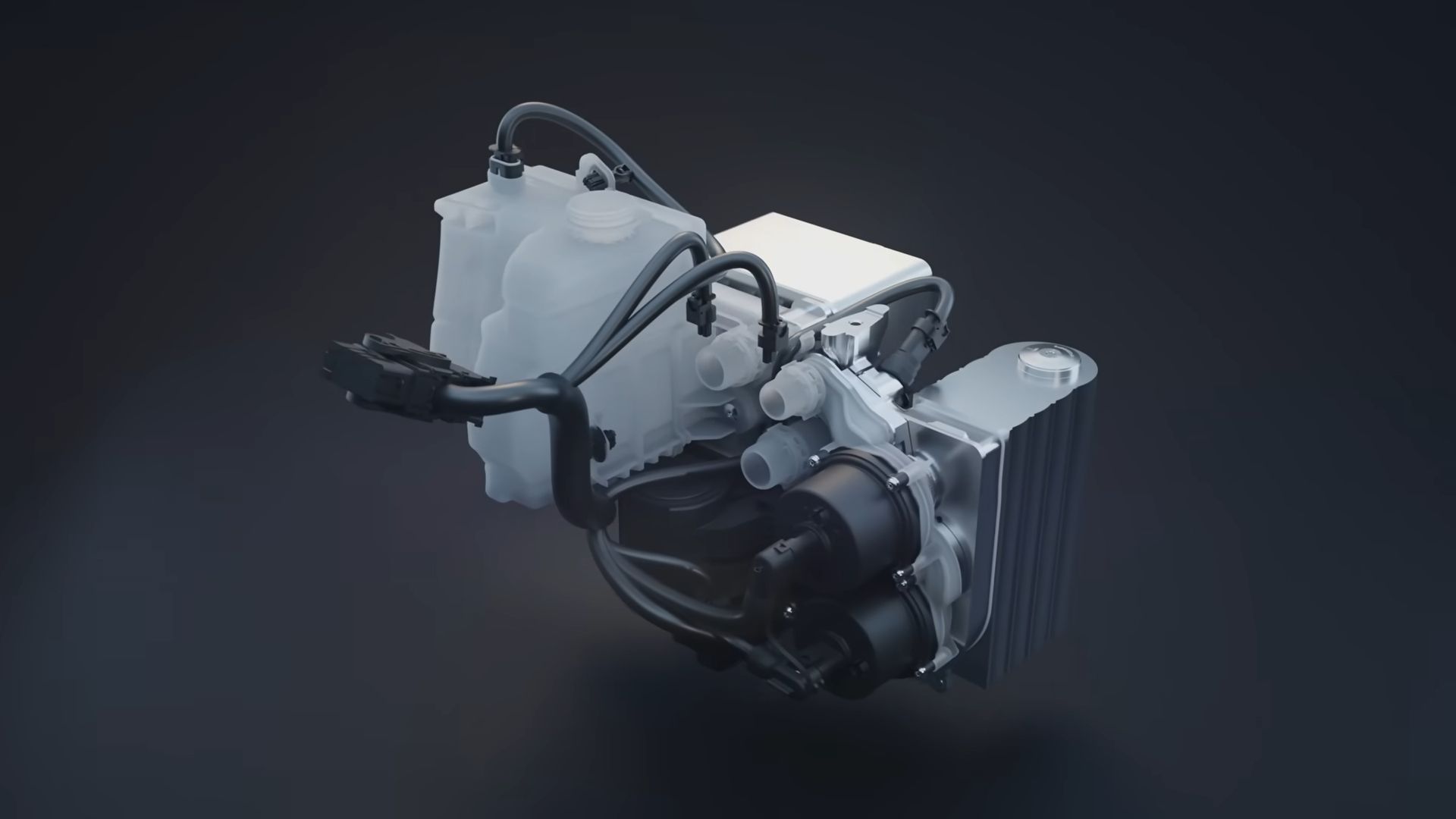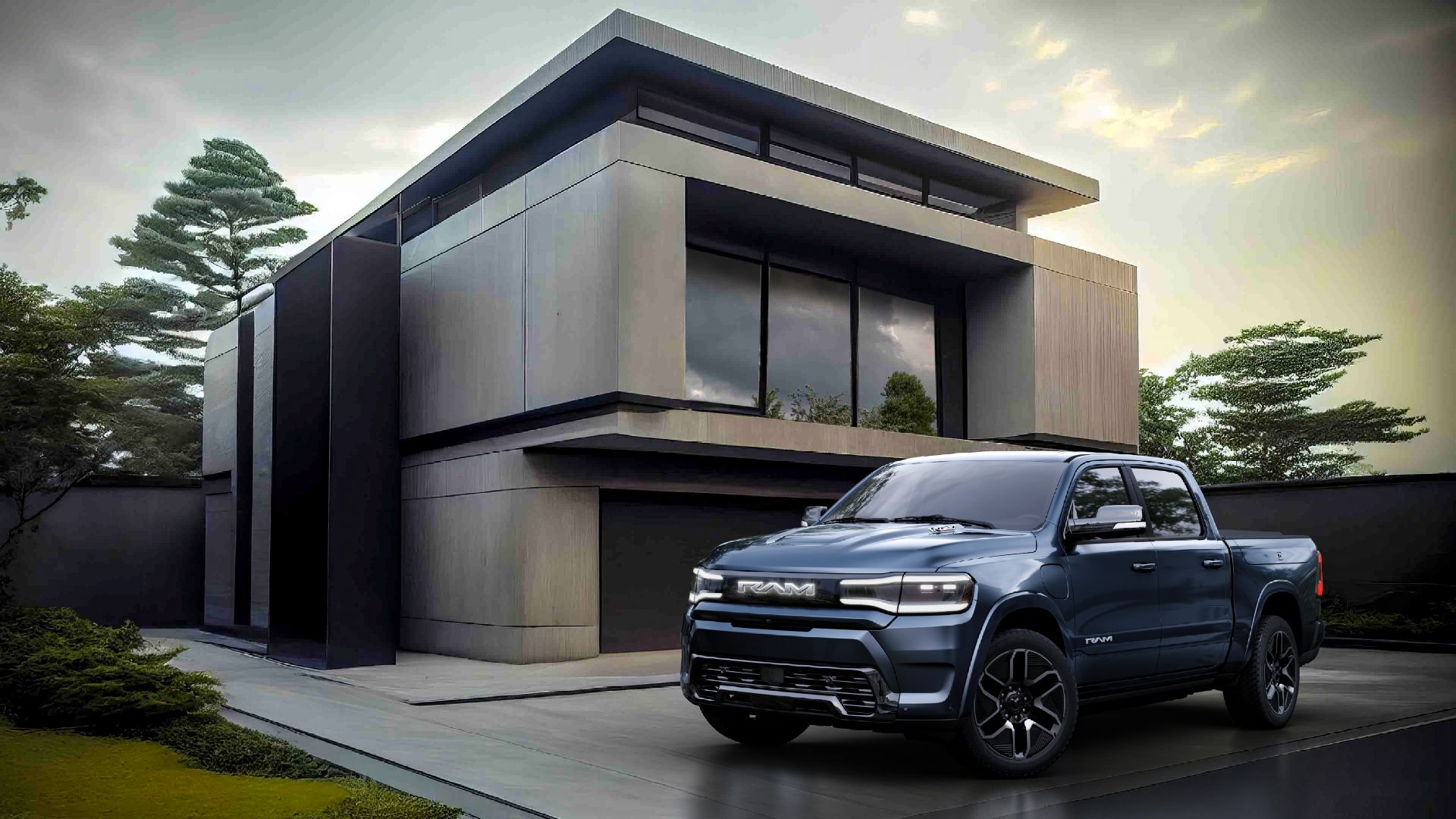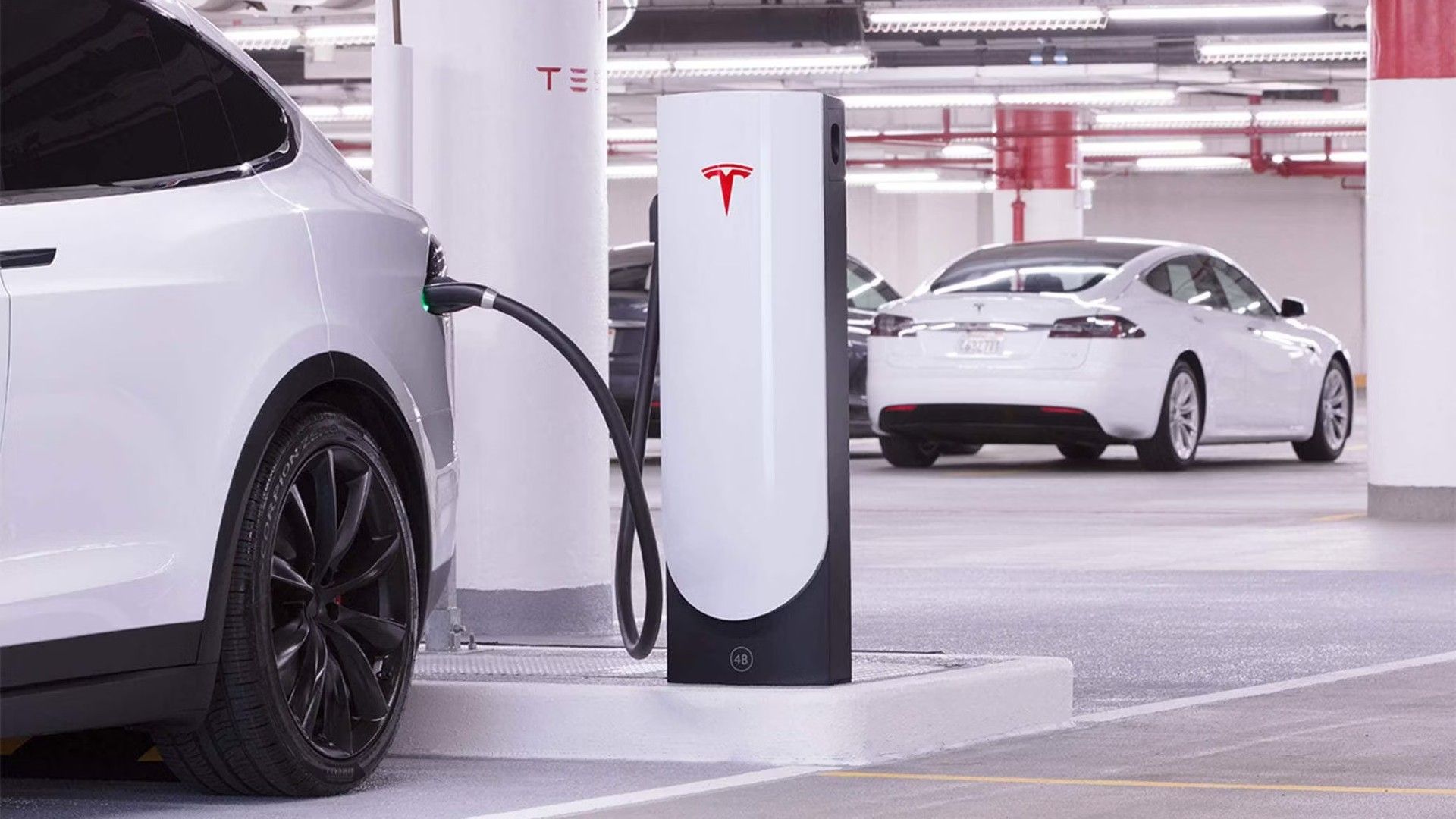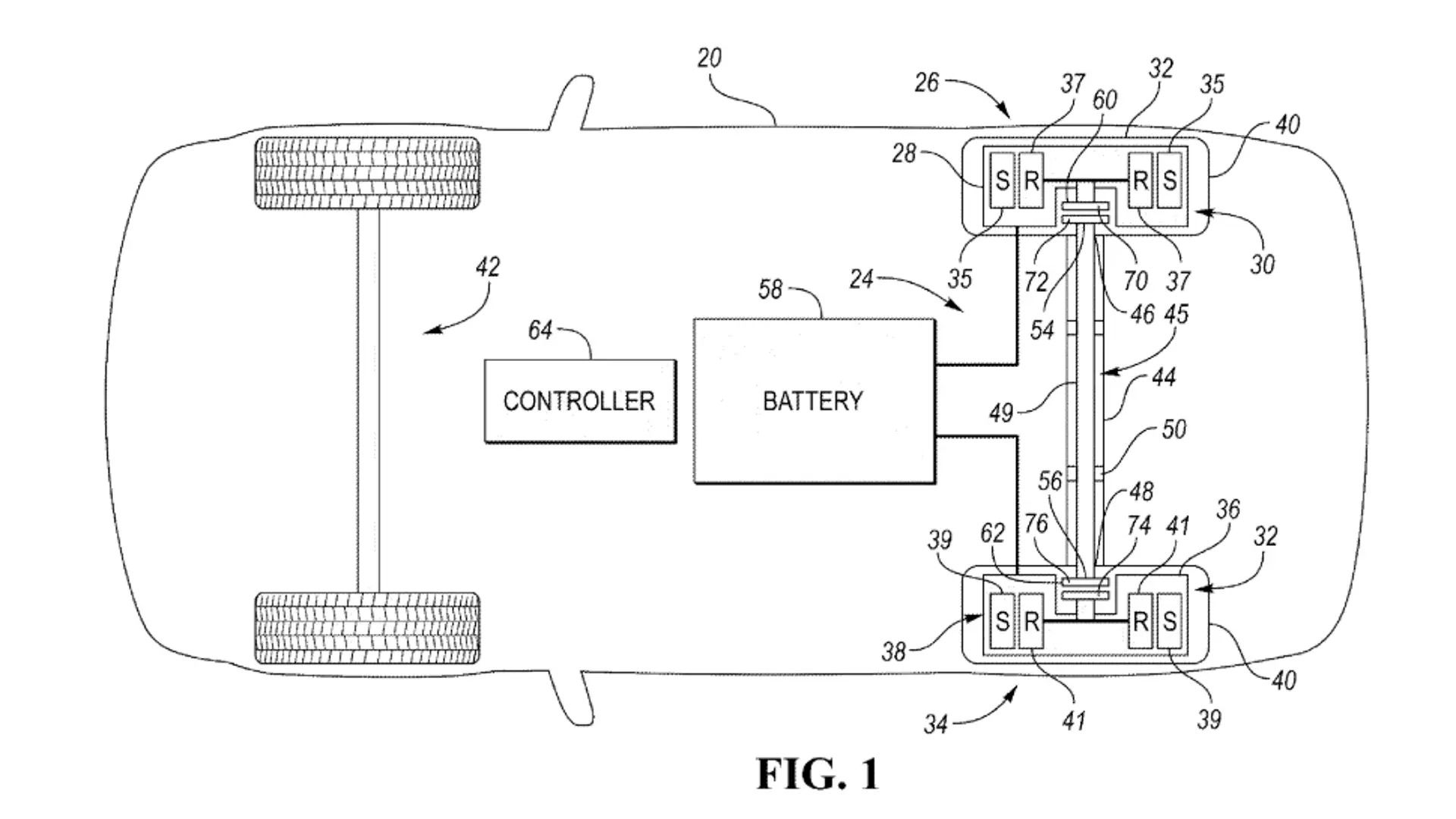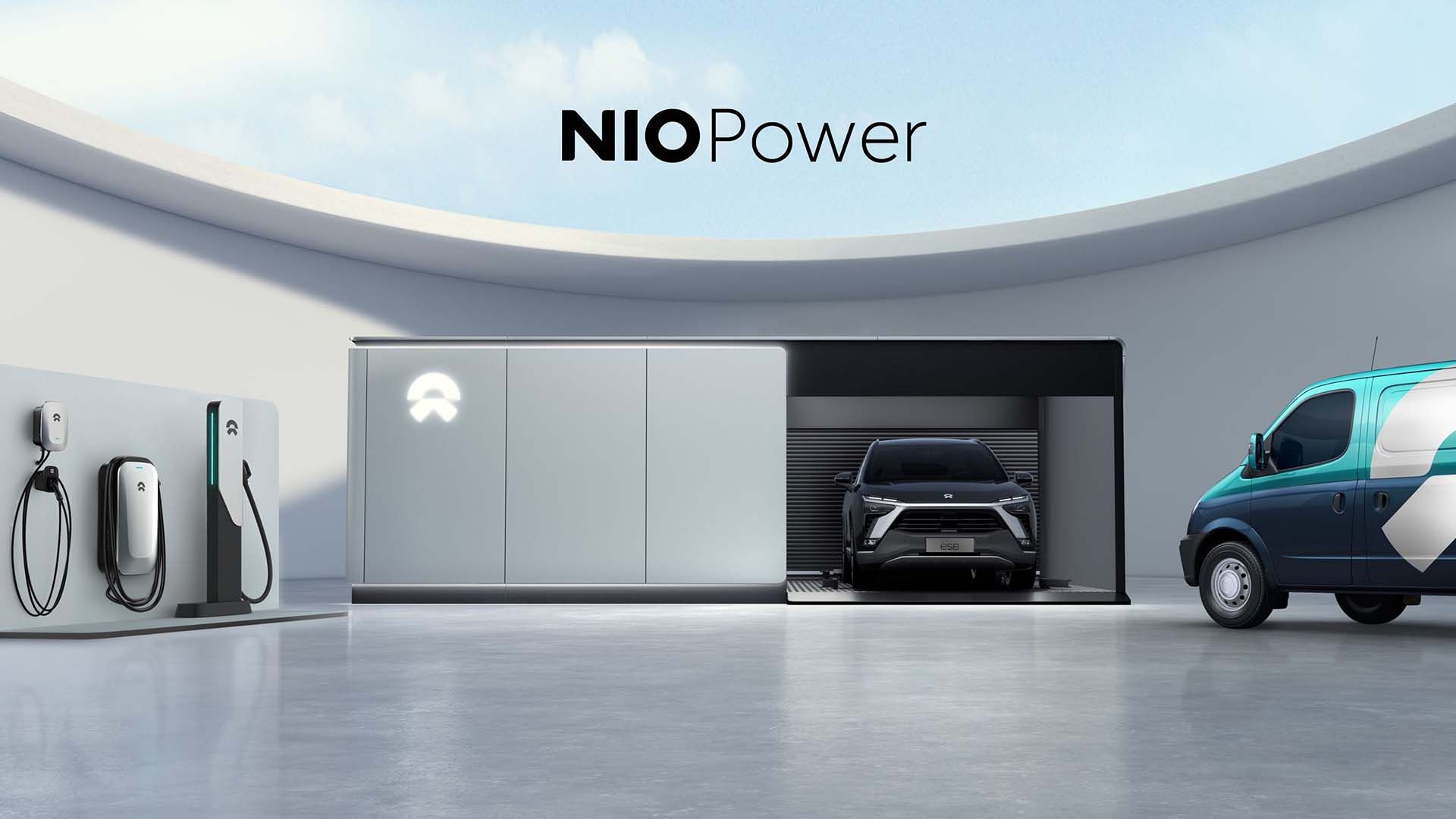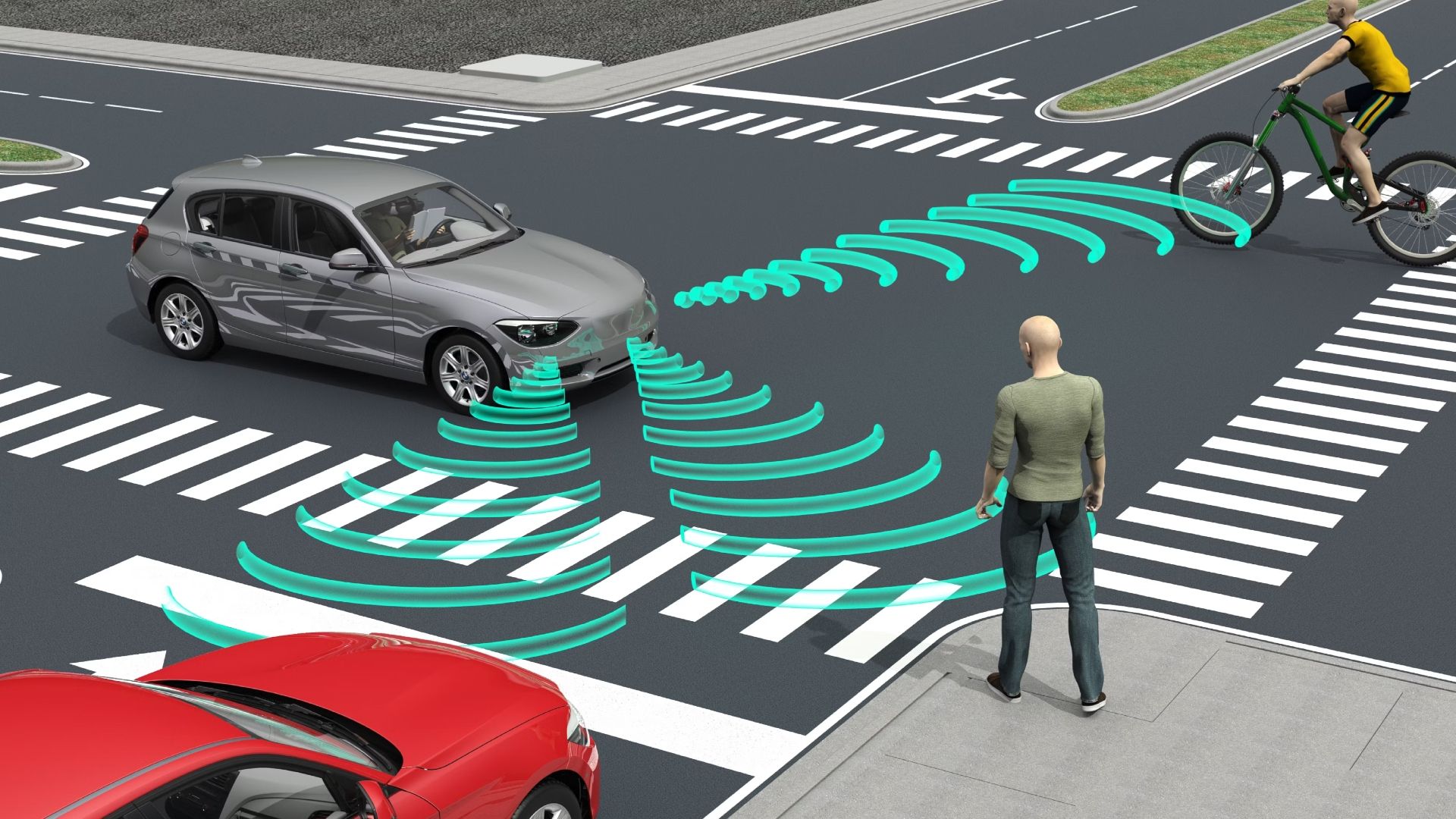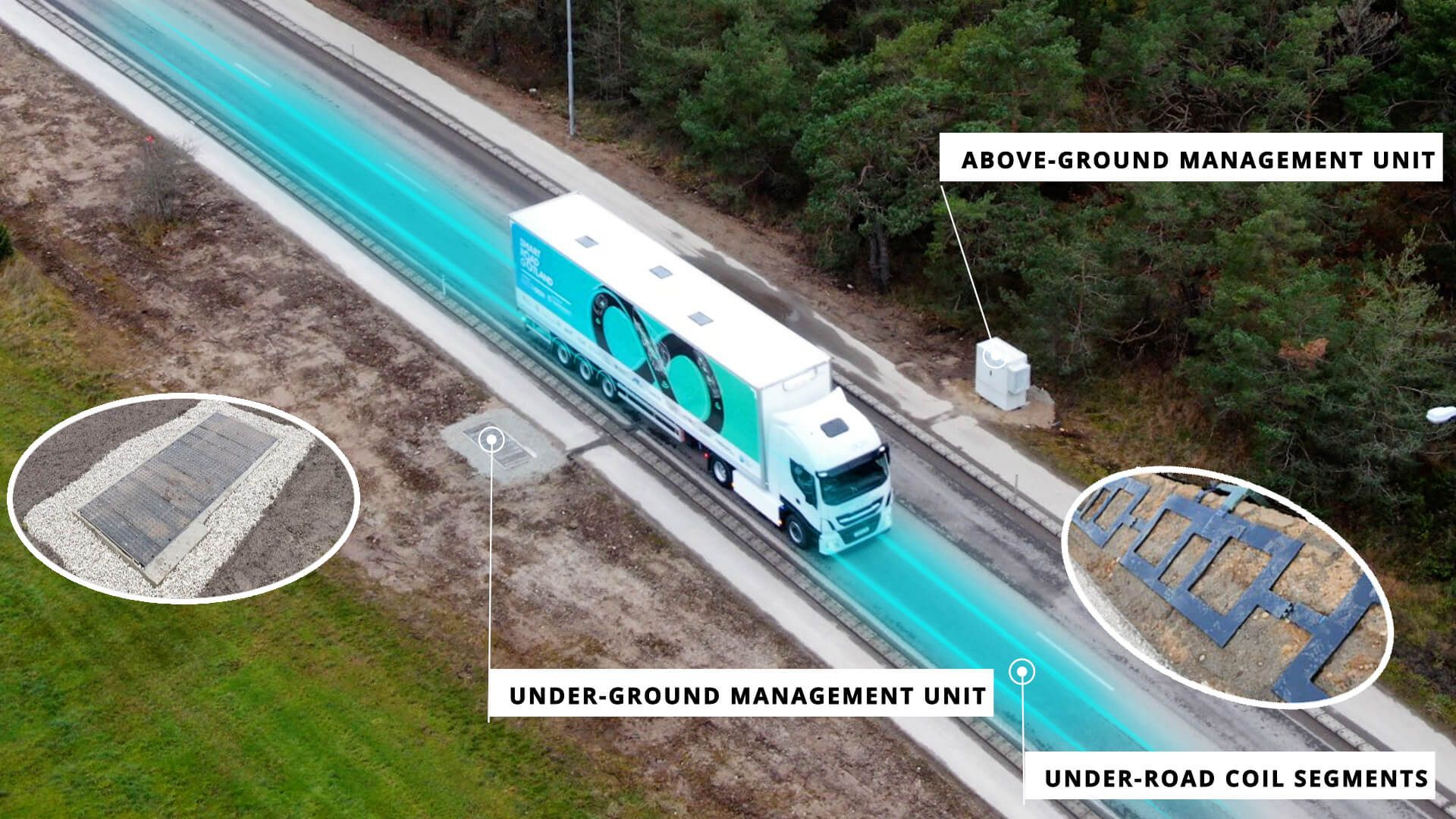Battery electric vehicles (BEVs) will play an important part in the world's transition towards a low-carbon economy. Far from being just a trend, electric vehicles are set to take over the world steadily and surely, as emission regulations become more and more restrictive, and while some governments are opting for an all-out ban on internal combustion engines (ICE) in the automotive industry by the year 2035. This means people will have to adapt to EVs sooner or later. Some might take it more difficultly. Recharging an EV currently takes longer than fueling a regular ICE car, for example, and the charging infrastructure itself still needs a lot of development and investment in order to effectively cover all the geographical area where EVs will be riding in the future.
One great thing that can be said about the EV revolution, nonetheless, is that since it's a relatively new industry that started in contemporary times, and building its cars from a blank canvas, manufacturers got to play and experience with truly innovative solutions that at times just seemed adequate and fitting to an EV platform, but also coming up with solutions that presented themselves after designers and engineers had to dispense enormous amounts of effort tackling EV specific problems and challenges they did not have to deal with on internal combustion vehicles.
All technical information regarding these EV innovations were sourced from factory OEMs and authoritative news outlets.
1 Solid-State Batteries
We have yet to see a real-world application of a solid-state battery (only Nio has launched an EV with solid-state batteries so far). The concept, however, is fairly well-known among battery-electric vehicle enthusiasts. Despite all the promises with little actual results, everything is pointing toward the industry finally reaching a viable solution to the solid-state battery conundrum. Solid-state batteries, at least in theory, have many considerable advantages over the conventional lithium-ion batteries used in BEVs today, such as:
- Higher energy density
- More driving range
- Able to operate well in a wider range of temperatures
Solid-state batteries are also better for the environment, as they use less rare metals to be produced. One other relevant aspect to consider is the fact that if ignited, a fire from lithium-ion batteries is incredibly difficult to extinguish. Granted, this is a rare occurrence, but should a fire occur in a crowded parking lot filled with lithium-ion battery EVs, we are looking at a potential massive disaster.
2 Manual Gearbox
Since the torque produced by electric motors kicks in at really low RPMs, and the fact that they are able to efficiently make power all the way up to very high RPMs, Electric vehicles for the most part simply do not require a transmission with several speeds or gear ratios. For the public in general, electric vehicles work just like an automatic car. You step on the gas pedal while in drive and the car goes forward. Do the same with the 'transmission' in reverse and it will go backward.
But if there is something that most hardcore car enthusiasts enjoy is a good manual transmission. And thankfully, some companies are working to incorporate a manual transmission into their electric vehicles. While this is an innovation that, if applied as some of these companies intend, would actually hurt the car's overall performance, the technology can be useful in high-performance electric vehicles to allow for a greater top speed once the powerful electric motor has hit its rpm limit, at which point a higher gear would kick in.
3 Battery Management System
Continuing development has been prevalent over the past years with regard to lithium-ion batteries. Scaling production, and reduced costs, made lithium-ion technology the go-to choice for electric vehicle batteries. A battery pack is still however the most expensive part of an electric Vehicle. Several modules of cells are stacked together, while each module is composed of several individual cells. Since each cell in each module could potentially be charged and discharged at different rates, an effective battery management system is necessary so that the charge rate across the whole battery pack is kept in check, ensuring optimal operation.
Modern battery management systems protect battery packs against extreme variations in voltage, current, and temperature. This in the end results in a safer operation in a longer battery life. Also, modern battery management systems incorporate modules that provide data regarding the battery pack in real-time, which can help prevent a catastrophic failure due to extreme temperatures, for example.
4 Heat Pumps
Heat pumps provide a bump in efficiency in electric vehicles during cold weather. Before heat pumps, heating the cabin of an electric vehicle meant energy would be drained from the batteries to heat up a resistor that would have air blown past it and finally towards the inside of the cabin. Freezing temperatures already compromised lithium-ion battery range significantly.
Wasting more of that battery energy to heat a resistor hurts the overall range too much. A heat pump simply uses heat that is naturally generated by the motor and battery and directs it to the interior of the vehicle. A simple and elegant solution.
5 Vehicle-To-Grid
With battery pack size and power density increasing continuously, as we have been seeing, some EVs are now able to store a lot of electric energy. We can easily speculate that in the future this amount of energy stored in battery packs will only increase, and will do so significantly. Right now companies like Chevy and Ram are already developing vehicle-to-grid technology where the battery electric vehicle can use its stored energy to power appliances, a trailer, or even a properly equipped house.
6 Public Charging Infrastructure
A report from early 2023 mentioned that there are currently about 50,000 public EV charging stations in the United States with a total of roughly 130,000 individual tracking ports. While these cover the majority of the high-density urban areas of the United States, further investments need to happen in order to keep up with the growing demand for these ports.
The industry keeps finding clever solutions to relevant problems. Ford, for instance, is using the bidirectional charging technology and thinking about applying it to a multi-vehicle charging system. This could offer a practical, scalable, and cost-effective solution to the increasing demand for charging stations.
7 Solid Axles
Ford engineers have been hard at work when it comes to new EV patents. A patent application for solid axles that features integrated hub motors has been filed with the United States Patent and Trademark Office. The thing with solid axles is that, unlike independent suspension systems, that move up and down individually, a solid axle will often leave a wheel in the air when going through very uneven terrain such as rock climbing. These axles are great for handling a lot of payload though, and EV trucks of the future should not do away with them entirely.
Ford's solid axle patent allows for individual electric motors in each wheel hub to provide all-wheel drive, and also be able to transfer 100 percent of the torque between wheels in a single axle, providing traction where it is needed. This technology should see use in EV pickups and off-road vehicles, improving their ability to overcome difficult off-road scenarios.
8 Battery Swap Stations
Nio has created through a combination of more than 1,400 different patents innovative charging solutions that could help speed up 'refueling' for electric cars significantly. Its battery swap stations do a complete swap for a fully charged battery in roughly 3 minutes, a significant decrease in time if compared to even a Tesla supercharging station.
Nio's battery swap station is the first of its kind. While the process takes place, battery and electric systems checks are performed to ensure the vehicle and battery are good to go. This technology might be a little distant from widespread application, and could be voided outdated should a major breakthrough in solid-state batteries comes along, but one can hope.
9 Autonomous Driving
The advent of electric vehicles brought a lot of opportunities for innovation in the industry. Since an EV platform carries a lot of electric energy by default, this allowed designers and engineers to create a plethora of different electric-powered systems such as rider aids and even autonomous driving systems that simply could not be powered by the 12-volt battery of an internal combustion vehicle. Today, autonomous driving is very close to being a technology that is refined and fault-proof.
It is likely that in a few years, the industry will have reached a stage Where full self-driving is completely safe on most roads in developed countries such as the U.S. It will be at around this point in time where car design will see another revolution. They will be more like living rooms than drivable vehicles. We all like to drive, but let's be honest, if you've got kids who are just learning to drive, you'd probably feel more at ease knowing that your boy or girl went out bar hopping with friends in an autonomous driving vehicle.
10 Electrified Roads
Electrified roads and wireless charging for electric vehicles have the potential to revolutionize the way we charge electric vehicles today. The technology works much like wireless charging for smartphones, but simply in a bigger scale. Electreon is a leading company in this area and already has some infrastructure in place in Europe. Just imagine a future where electrified roads and wireless trashing are available everywhere. Range anxiety, anyone? No more.

